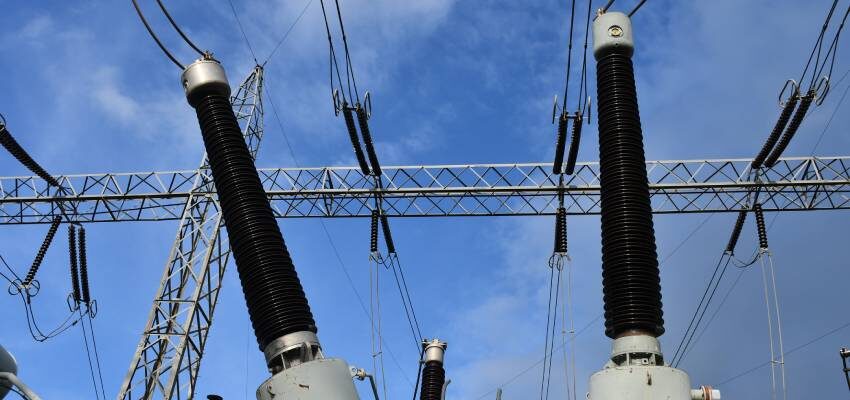
Retrofitting of a 420 kV draw-lead type bushing with a draw-rod type – Part II
On observation of deterioration of tan-δ value to 1.02 %, i.e., surpassing the limiting value of 0.7 %, as defined in IEC 60137, of the 420 kV OIP bushing of BHEL’s design
byK. K. Murty et al.

On observation of deterioration of tan-δ value to 1.02 %, i.e., surpassing the limiting value of 0.7 %, as defined in IEC 60137, of the 420 kV OIP bushing of BHEL’s design installed on the Y phase (RYB convention, i.e., 1V in UVW convention) of the 315 MVA, 400 / 220 / 33 kV transformer No. 1 located at the 400 kV substation Katni of the Madhya Pradesh Power Transmission Co. Ltd (India), a decision was taken to replace the said bushing in order to eliminate the threat of its failing. This in turn would have caused a catastrophic failure of the transformer. Such catastrophic failure would result in a colossal loss, causing system disturbance, loss of equipment and structures, as well as a loss of revenue to the utility.
In the absence of a BHEL’s design 420 kV draw-lead type bushing, as was the existing one, there was no other option but to use the available 420 kV draw-rod type TELK bushing at the site. Since the manufacturers had shown their inability to depute any service personnel due to the Covid-19 pandemic in May 2020, the challenge was accepted by the engineers of the MP Power Transmission Company Ltd., who successfully completed the job with limited resources and in record time, and put the transformer back into service.
The OIP bushing is designed with multiple layers of grading condensers wound concentrically over the central tube of the bushing, using alternate layers of aluminium foil and the kraft paper
- In-house bushing replacement – addressed challenges
The essentiality of grid constraints had called for retrofitting of the 420 kV bushing and expeditious putting the transformer back into service.
There was no other option but to insert a TELK’s design bushing through the turret with a stress shield of a different shape very accurately and precisely without damaging the bushing stress shield and the turret current transformer, contrary to the procedure laid down by the OEM.







